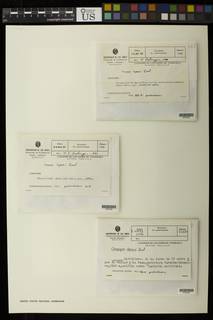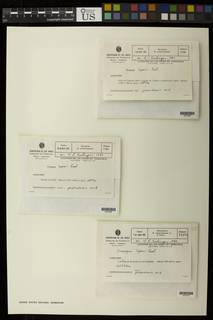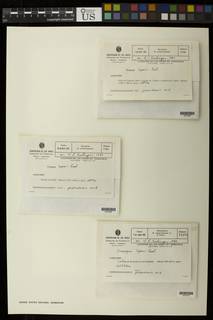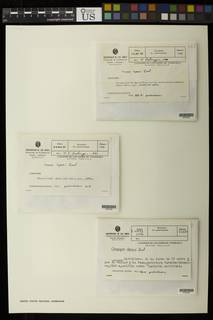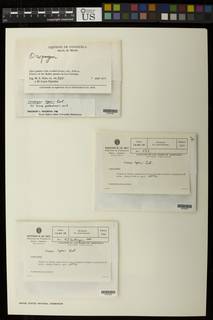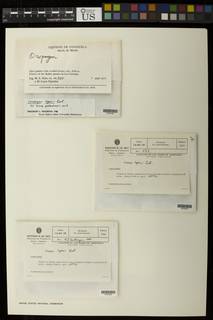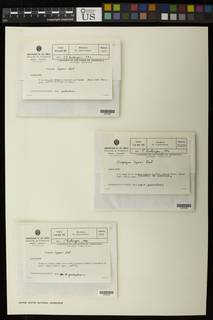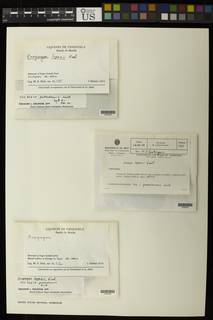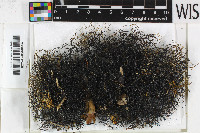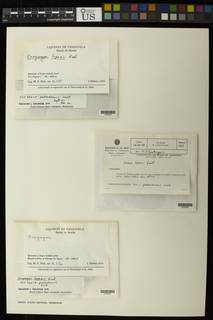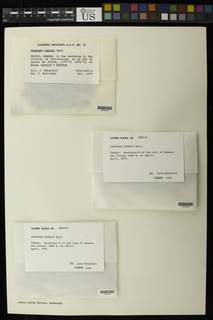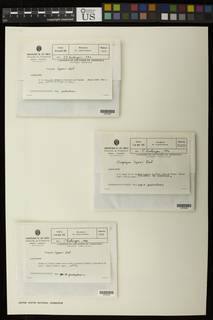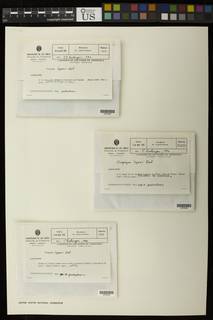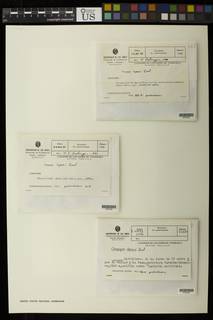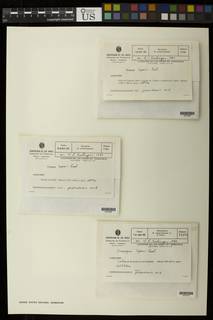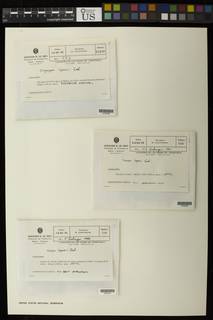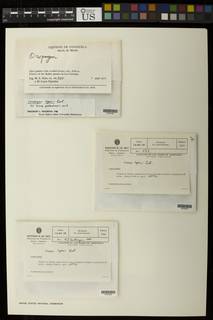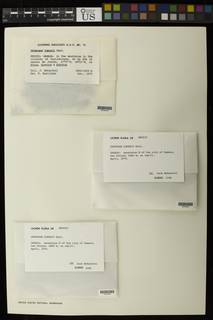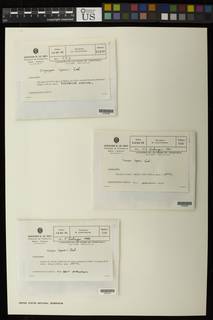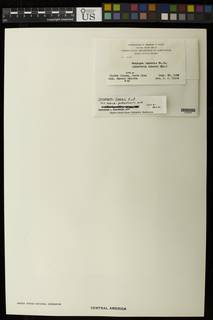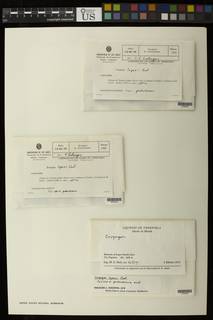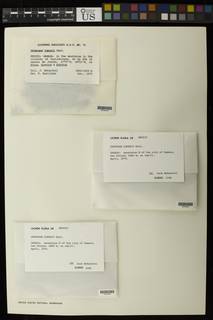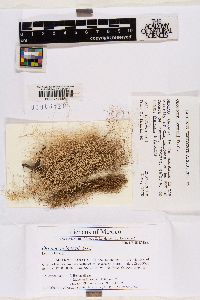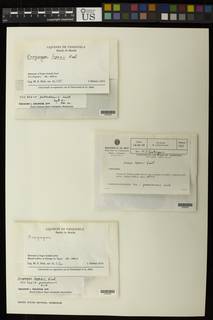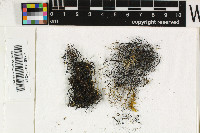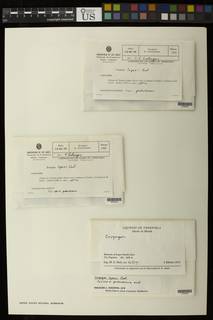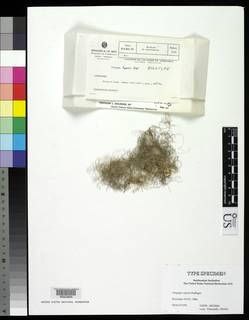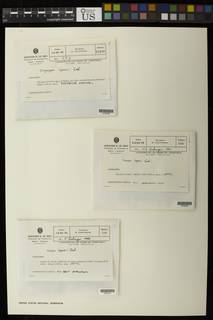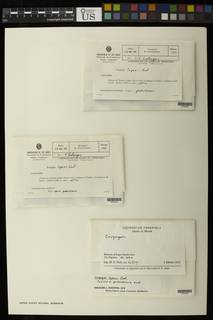
Consortium of Lichen Herbaria
- building a Global Consortium of Bryophytes and Lichens as keystones of cryptobiotic communities -
- Home
- Search
- Images
- Species Checklists
- US States: O-Z >
- US National Parks
- Central America
- South America
- US National Parks
- Southern Subpolar Region
|
|
|
|
Family: Parmeliaceae
|
Nash, T.H., Ryan, B.D., Gries, C., Bungartz, F., (eds.) 2002. Lichen Flora of the Greater Sonoran Desert Region. Vol 1. Thallus: pendent, up to 30 (-34) cm long branching: mainly isotomically dichotomous with occasional anisotomic dichotomies, internodes 6-18 (-25) mm long branches: terete, main ones up to 0.7 mm in diam. surface: gray-white to gray-brown or pure brown, smooth; pseudocyphellae: usually frequent, open to delimited hollow areas or voids in the medulla medulla: white, hyphal to rather granular, with interspersed areas of solid-filled medulla and hollow medulla or voids Apothecia: not seen in Sonoran material, elsewhere common, lateral, up to 4 mm diam.; margin: entire to strongly crenate, in larger apothecia usually with white pseudocyphellae; disc: ± flat to convex or reflexed; hymenium 125-160 µm thick asci: clavate, 1-spored ascospores: ellipsoid, brown, muriform, 74-97 x 23-32 µm Pycnidia: not seen Spot tests: cortex K- or K+ faint dingy yellow, C-, KC- or KC+ very faint rose, P- or P+ yellow-orange to red-orange (see discussion below); medulla K- or K+ dingy yellow, C-, KC+ rose, P+ orange to red-orange Secondary metabolites: medulla (and sometimes the cortex) with protocetraric acid (major) and sometimes trace unknowns. Substrate and ecology: on conifers in montane oak-pine forests World distribution: northern South America, the Carribean and Central America to Mexico Sonoran distribution: only known from one locality in the Sierra Madre Occidental in southern Sinaloa. Notes: If the perforate pseudocyphellae are overlooked, this species might be mistaken for a large, pendent Bryoria, a genus that occurs more commonly to the north. The dark, mostly brown forms of O. lopezii (like the single Sonoran specimen seen) may lack cortical spot tests, although usually the palest terminal branches will react with P. These brown specimens are likely to be confused with O. halei Essl., which is always brown, but differs by having a distinctly hollow medulla and unusual discs of medullary tissue which delimit the area behind the pseudocyphellae. |
Powered by Symbiota



